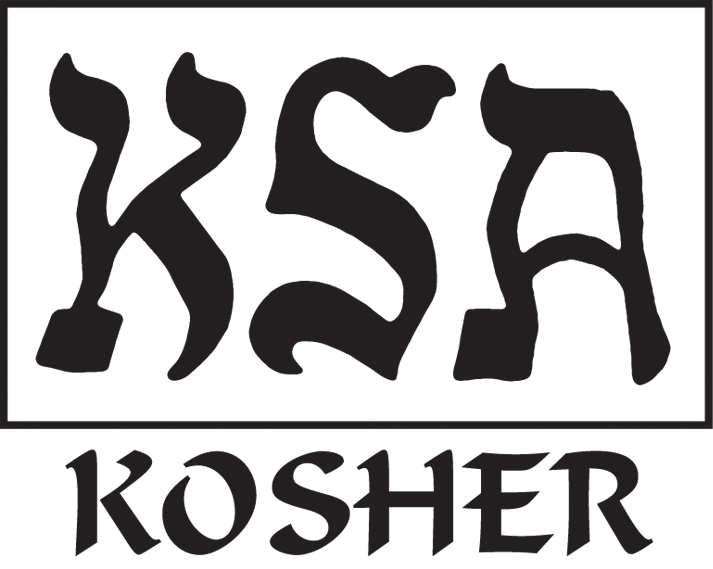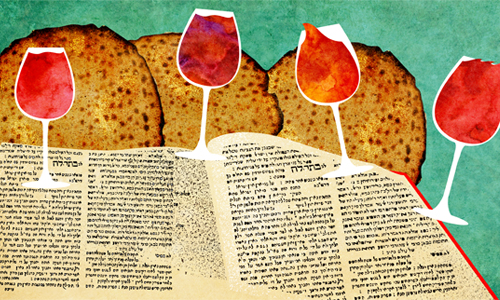The first two days (sundown of Friday, March 30—sundown Sunday, April 1 and last two days (sundown of Thursday, April 5—Motza’ei Shabbat, April 7) are observed with Shabbat restrictions on work and creative activity, with the exceptions of carrying and the use of fire (with respect to cooking and preparation of food). An erev tavshilin should be made on Thursday, April 5, to allow for the preparation of food on yom tov that will be consumed
on Shabbat.
The intermediate days of Passover (chol hamoed: Monday, April 2 – Thursday, April 5) are considered “semi-festive.” Only certain work, activities and crafts, as defined by Jewish law, are prohibited. Ask an Orthodox rabbi for guidance.
Keeping a year-round kosher home is not the same as a “kosher for Passover” home, since Jewish law forbids the consumption or possession of all chametz during the holiday. Special preparations for Passover include:
- The home must be thoroughly cleaned of all chametz.
- Any chametz that is not removed from a Jew’s premises before Passover should be sold to a non-Jew.
- All cooking and eating utensils must be either set aside exclusively for Passover, or in some cases kashered (in consultation with a rabbi), according to the procedures of Jewish law.
What is Chametz?
Chametz refers to any food created by allowing grain (specifically wheat, oat, spelt, rye or barley) and water to ferment and rise—most commonly referred to as “leaven.”
Even foods with minute amounts of chametz ingredients, or foods processed on utensils which are used for chametz, are not permissible for Passover use. Practically speaking, any processed food that is not certified “Kosher for Passover” may potentially include chametz ingredients.
Passover Terms
Matzah
Matzah is made of specially supervised flour and water,
which must be baked before the dough has had time to rise — within 18 minutes or less. It is the only product based on the five grains (wheat, barley, oat, spelt & rye) which Jews may eat during Passover, and it must be made specifically for Passover use, under rabbinical supervision.
Eating matzah on Passover commemorates the unleavened bread eaten by the Jews when they left Egypt in such haste that there was no time for the dough to rise. Shmurah matzah involves additional steps of supervision and is recommended for use at
the Seder.
Gebrokts
Not eating gebrokts (Yiddish, meaning matzah that has become “wet”) is a custom by which some Ashkenazim will avoid putting matzah (or any derivative, such as matzah meal) into any liquid to prevent the possibility that improperly mixed dough, that might have any stray flour that was never exposed to water (and is therefore still susceptible to leavening), would subsequently become chametz when finally exposed to liquid.
The Seder
The Seder is a symbolic reenactment of the Exodus, with a compelling message for young and old alike. The Seder details the journey of the exodus from Egypt by Jewish slaves following a traditional order of blessings, eating symbolic foods, narratives, commentaries and song.

